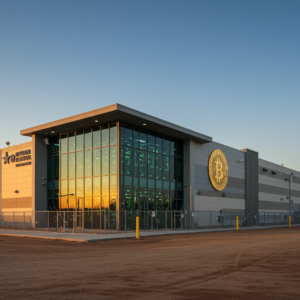The schedule for Ethereum’s Dencun upgrade on testnets is now final, with Goerli, Sepolia, and Holesky, three critical testnets, ready for implementation within the next month.
This development marks a significant milestone in Ethereum’s continuous evolution, spotlighting the meticulous planning and collaborative effort of its vibrant developer community.
Ethereum Upgrade Schedule Released
The Goerli testnet, taking the lead, with a scheduled upgrade on January 17 at 06:32 UTC, at epoch 231680. Following closely, Sepolia will undergo its upgrade on January 30 at 22:51 UTC (epoch 132608), with Holesky set for February 7 at 11:34 UTC (epoch 29696).
These dates, confirmed in the recent Execution Layer Meeting 178, underline a collective commitment to advancing Ethereum’s infrastructure.
The path to these decisions was not straightforward. Initially, there was some hesitation regarding the 13-day interval between the Goerli and Sepolia upgrades. Concerns emerged regarding whether teams had enough time to implement and test changes after the Goerli upgrade. However, most client teams considered the timeline feasible, albeit aggressive.
A safety net is in place with Execution Layer Meeting 179 scheduled for January 18. Therefore providing a platform to address any immediate issues post-Goerli fork.
Read more: Why Ethereum Is Bound for Significant Gains in 2024
With these upgrades, Ethereum demonstrates its agility and responsiveness to community input and technical challenges. This approach is vital for the platform’s long-term success, ensuring that it remains a frontrunner in the blockchain space.
Core Developers Debate Next Upgrade
Further, the community is already eyeing the future beyond Dencun. The next upgrade, tentatively named the Prague/Electra [Pectra] upgrade, is stirring up discussions. The core debate revolves around prioritizing Verkle proofs.
While some factions advocate for making Verkle the sole focus, others propose parallel development of Verkle alongside smaller feature forks.
“The feeling I got is that essentially everyone but a couple were in favor of [increase work on Verkle and ship a smaller feature fork]. In addition of the ones mentioned, Andrew from was clear they would favor this, Georgios Konstantopoulos from Reth, Sean Anderson from LH, we at Prysm. In general, CL teams would favor this because most of the changes we want on the CL side require changes from the EL, and Verkle as a sole priority would block them all until the next fork,” Ethereum core developer Potuz said.
According to Ethereum founder Vitalik Buterin, this divergence of views highlights the dynamic and robust nature of Ethereum’s development process. The community’s commitment to rigorous debate and consensus-building is a testament to its maturity, which is often underestimated.
“Within Ethereum a lot of people sometimes think that core developers are kind of dictators and they have this agenda, but the reality is often the opposite. You have these very gentle and introverted people who are often afraid of doing things because they think the community might yell at them. If we had better digital democracy tools we could have these strong signals that could give core developers more confidence to implement things,” Buterin said.
Top crypto platforms | January 2024
![]()
FXGT.com
Explore →
![]()
Bitrue
Explore →
![]()
Metamask Portfolio
Explore →
![]()
KuCoin
Explore →
![]()
Сoinex
Explore →
![]()
Kraken
Explore →
The post Ethereum Testnets Upgrade Schedule and Key Dates Revealed appeared first on BeInCrypto.


